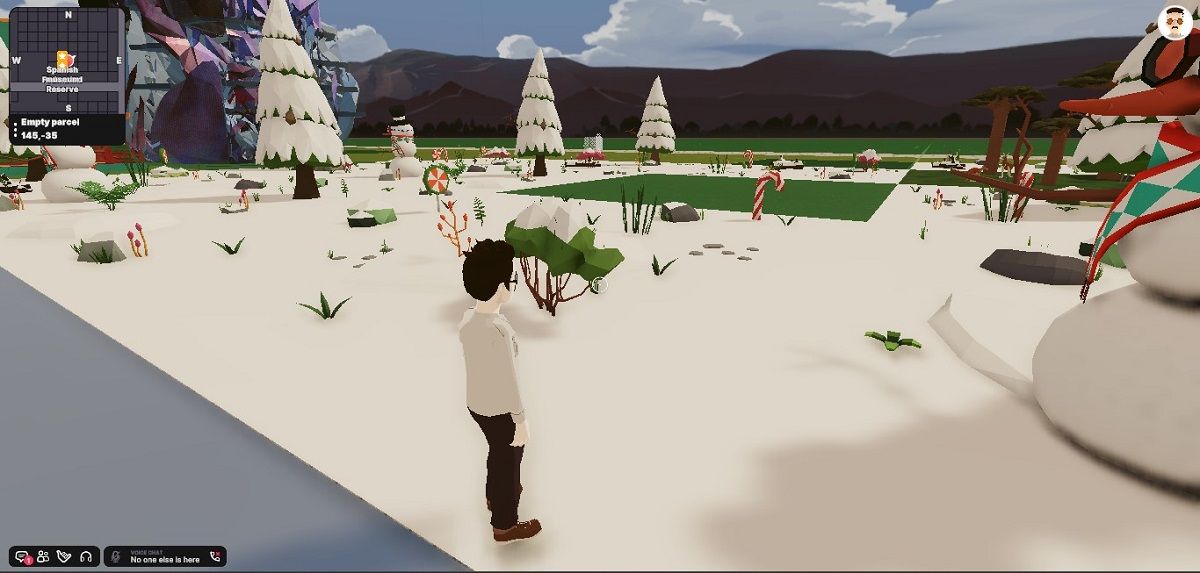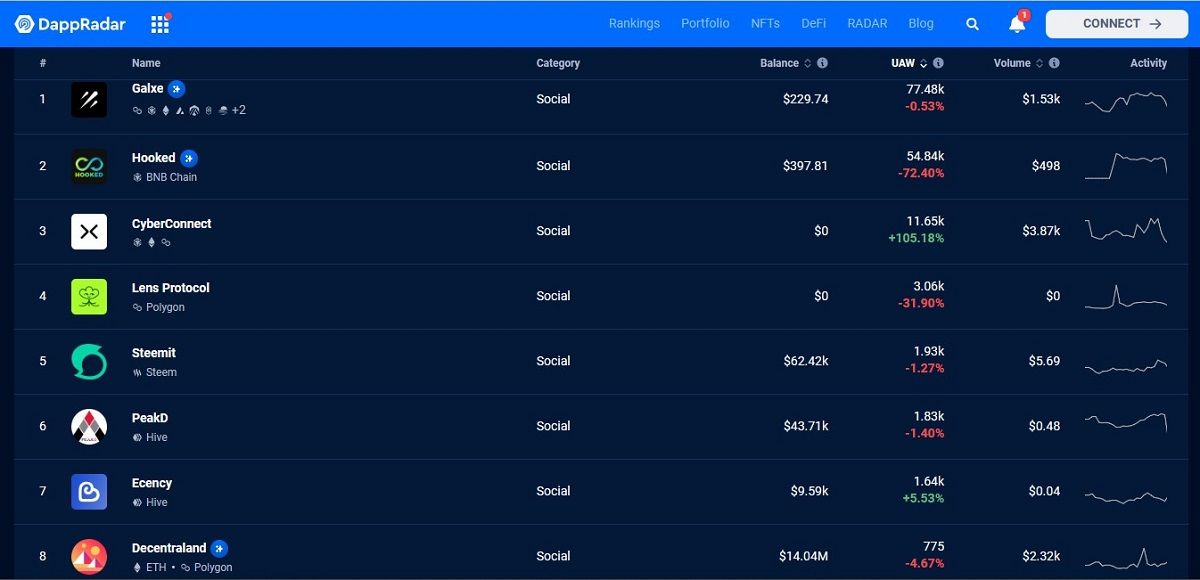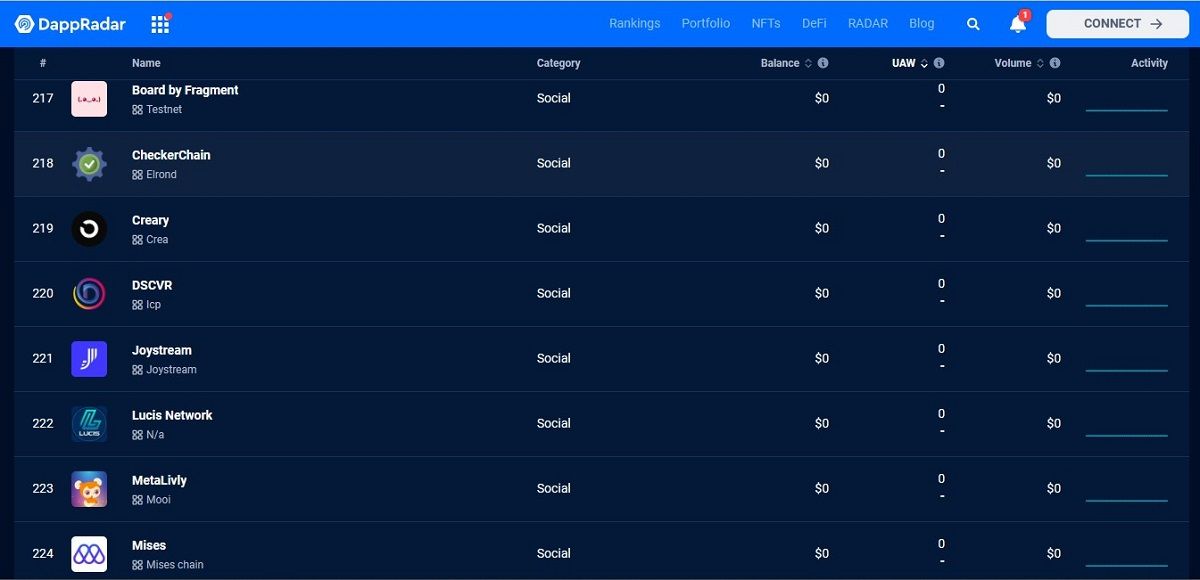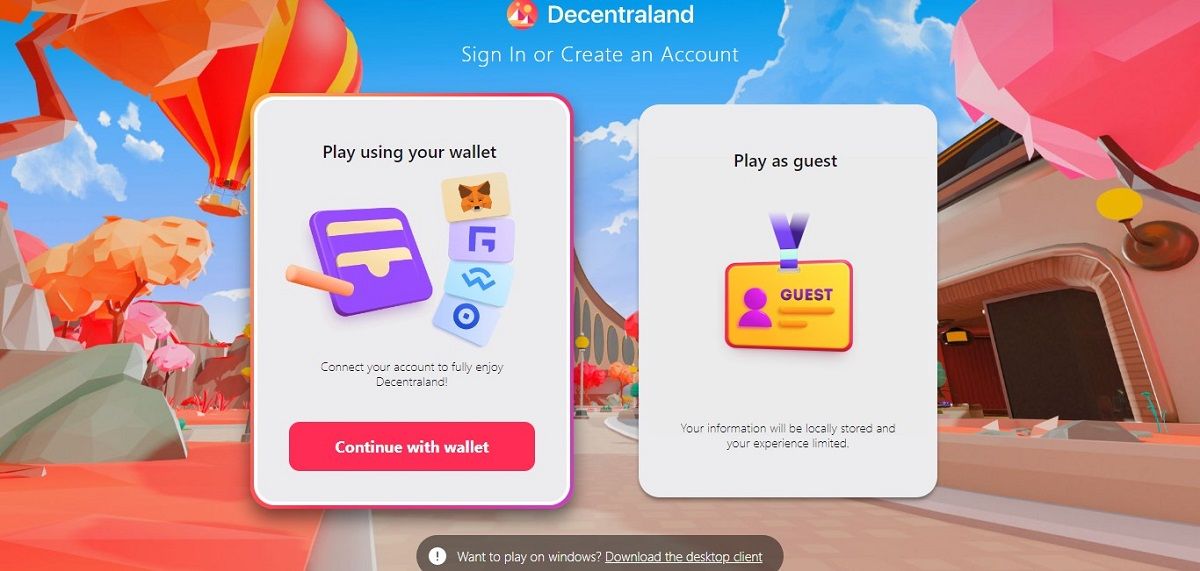
Source: news.google.com
How many users does the average Web3 platform have? If you’re curious, you’re not the only one. A recent spike in how many users some Web3 platforms have got more people wondering. But, the reports may also have opened up a whole new question: What does it mean to be a “user” in Web3?
Why are user numbers important?
From a consumer point of view, depending on the platform or the game, a large number of users may not be very important in several ways. On social apps, a small number of regular users can feel intimate, like regular customers at a neighborhood restaurant. Of course, if you’re playing rounds of social games, you might like to see the gear changed from time to time.
Many Web3 platforms are open worlds. Open worlds with few users (and no NPCs) can feel quite empty and may even discourage return visits to that platform.
However, some Web3 platforms are based on open worlds that are so large that visitors use a map to teleport to where they want to go. The number of users in a specific location for a specific event can be high even if the overall daily usage of the platform is low.
For investors, on the other hand, the number of users is really important. Users generate revenue, so if a site has no users, investors may not have faith in the platform. This can form a Catch-22: a low number of users means that investors do not invest. Investors not investing means that the platform cannot improve. The platform that doesn’t improve means that user numbers never increase.
Remember one important thing, however. This is Web3. The “investors” are not people with top hats and monocles who live in the bank. Anyone can be an investor in Web3.
How many users does the average Web3 platform have?
It may not be fair to suggest that there is an “average Web3 platform”. However, Decentraland might be one of the smartest examples.
As well as some of the big names including José Cuervo and JP Morgan having offices open on the platform, it is home to a number of online events. As of November 2021, the virtual land on which the site is built was estimated to be worth nearly $1.5 billion. But how many people actually use the platform?
According to Dapp Radar, a kind of app store for decentralized apps including Web3 platforms, the platform’s daily active user base is about 770 people. To put that in context, Roblox reports a “net cash” of just over $67 million and a daily active user base of just under 59 million.
Several people in the Web3 community thought the Decentraland numbers reported by Dapp Radar seemed low, particularly given the platform’s high valuation. Are those numbers wrong?
How many users does the average Web3 platform actually have?
With 770 people, Decentraland ranks 8th among the Web3 social apps available on Dapp Radar. As of this writing, DSCVR is ranked 220 and has 0 users. DSCVR takes a different view on this. They claim to have over 15,000 accounts and over 14,000 daily active users, still “small” compared to a comparable website2 like Reddit, but respectable.
The company’s CEO, Rick Porter, explained the situation to emerging technologies analyst Tom Ffiske. Dapp Radar does not actually inform users. Reports “Unique Active Wallets” – Cryptocurrency wallets where users have the option to connect to Web3 platforms to unlock certain features and potentially purchase goods within the platform.
According to Porter, the vast majority of DSCVR users do not choose to connect their wallets. And, even when they do, they don’t necessarily use their wallet regularly on the platform. Decentraland also has the option to join without a wallet or join with a wallet to save your profile and never spend any money afterwards.
Dapp Radar (or anyone else) can track how many unique active wallets interact with a Web3 application because all blockchain transactions are transparent. However, when it comes to users who do not transact on the blockchain, we are back in the days of Web2 where we only took a company’s word for it.
What is a user in Web3?
All of this raises an interesting question. What is a “user” in Web3? Should we measure site usage by “visitors” or some other tag? If you don’t connect your wallet to a Web3 platform, are you really “using” Web3?
That might sound like a weird litmus test question to rule people out. However, some Web3 platforms have users log in with their wallets as a form of identity verification.
That means, if you don’t log in with your wallet, you’re using the site in sort of a spectator mode. Also, connecting a wallet through Web3 applications often allows them to work together in ways possibly characteristic of Web3.
More importantly for the platforms themselves, most Web3 apps don’t make money from advertising the way Web2 apps do. Web3 platforms typically don’t make money from people who passively view content; they get money from the people who pay them, which requires connecting a wallet.
So how many “users” does a Web3 platform need to be successful?
How many users does a Web3 platform need?
Let’s look again at Decentraland. We have established that we do not know how many users the site actually has. But, even looking at the comparatively small number of “active wallets”, the platform is still worth a frankly astronomical sum of money. How?
The advantage of Web2 is that users don’t need to pay for a site to earn money. But, when users choose to pay, the amount a user can realistically spend on a platform is quite small. Think of all the money you could spend on additional features on platforms like LinkedIn or Twitter.
Web3 platforms do not usually have these limits. As of November 2021, a single investor reported having over $350,000 worth of digital land in Decentraland. From a conventional operational point of view, these “whales” can easily subsidize users who access the platforms without paying.
Keep in mind that much of the infrastructure and costs of Web3 platforms are essentially paid for and maintained by the users themselves. Users verify transactions, pay transaction fees, and in most cases even make digital products that are bought and sold on the platform.
This is the ideological goal of Web3. It also explains how a platform can operate profitably with small percentages of paying users.
A world just for you?
As a visitor to a Web3 platform, it’s usually quite easy to see how many people are around you. Most Web3 platforms are pretty good at showing you how many people are in a world before you enter it.
If you want to find your way around without judgment, or just explore a place by yourself, you can usually find time to do so. But you can almost always find a virtual space with a few other occupants.
Read More at news.google.com



